Poultry World edition 8 of 2022 is now online
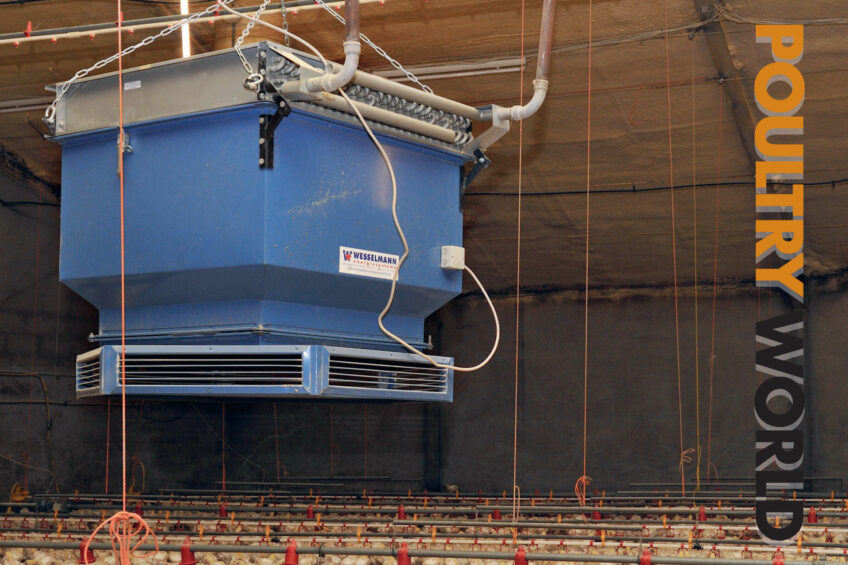
This 8th edition of Poultry World takes a close look at how the energy crunch is hurting European poultry farmers, and with winter here, we look at how to optimise winter ventilation for broilers and consider broiler feed formulation strategies for the cold weather.
High accuracy data that farmers can trust
In 2021, one of Asia’s largest agrifood companies, Japfa, hosted its first innovation-seeking competition, ‘Japfa Feeds the Future’. Over 100 agtech start-ups and scale-ups applied from around the world. After much scrutiny, the top 3 start-ups were announced and received a fully-funded pilot rollout, as well as the opportunity for commercial deployment across Asia upon a successful pilot. Representing poultry tech was a weight collection and prediction tool, Beakbook, from the UK.
Keeping chicken affordable during major cost and supply challenges
Energy, feed, distribution and labour costs have become the largest challenge facing the poultry sector. While chicken will be the best-positioned protein due to its low-price position, Ranjit Singh Boparan, founder and owner of the 2 Sisters Food Group, says shoppers will ultimately pay the price of any additional issues. In this article, we take a closer look at the situation.
Energy crunch hurting European poultry farmers
Skyrocketing energy prices have hit poultry farmers across the EU, even jeopardising some operations. With winter about to begin, worries are mounting, with some breeders already signalling that production may be suspended in the winter
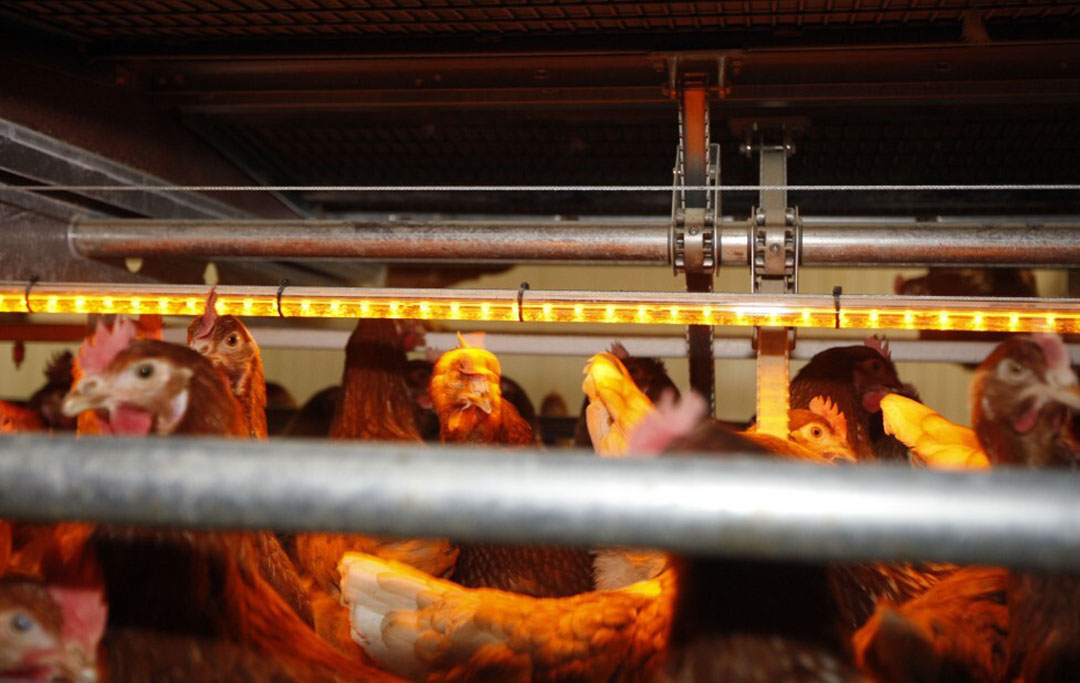
Optimising winter ventilation for broilers
In the winter, when outside temperatures drop, challenges arise in achieving the right balance between maintaining target temperatures without forfeiting optimal air quality. For every hour in which the birds do not have optimal temperature and ventilation, valuable performance will be lost.
Optimal gut health stops the spread of food-poisoning bacteria
Around 90% of all reported cases of foodborne illness are caused by Salmonella (often associated with contaminated eggs and egg products) and Campylobacter (often associated with contaminated poultry products). A holistic approach is needed to reduce the levels of Campylobacter and Salmonella in poultry, part of which should include increasing the diversity of the gut microbiome.
Positive outlook for poultry in sub-Saharan Africa
The poultry broiler and layer industries of sub-Saharan Africa converged at the 3rd Poultry Africa event in Rwanda where nearly 1,600 professional delegates from 53 countries visited the 123 exhibiting companies to help promote a prosperous future in poultry.
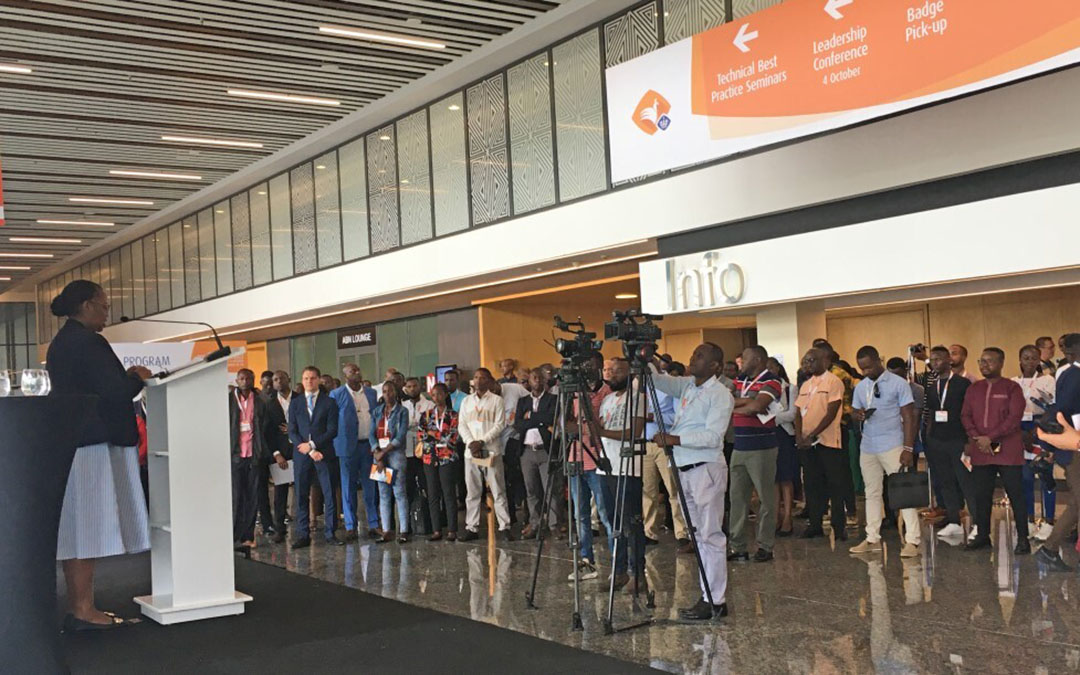
Resilience key theme at British free-range egg producers meeting
Free-range egg producers are facing increasing pressure from retailers, investors and regulators to cut greenhouse gas emissions. Poultry World listened in at the annual meeting of the British Free Range Egg Producers Association.
Alleviating the negative impact of disease challenges
Over the past few years, what is known as the ‘glycerides’ of medium-chain fatty acids (MCFA) have gained popularity. Glycerides, which are newly-generated molecules based on a technology that esterifies one MCFA with a glycerol molecule, contribute to higher growth performance and better health in challenged broilers, a recent study found.
100°F is where the magic happens
For his PhD thesis in the Netherlands, Dr Jan Wijnen focused on the long-term effects of incubation. He uncovered some interesting results on how perinatal factors can affect later-life broiler resilience to infectious diseases. Maintaining eggshell temperature at a 100°F (37.7°C) throughout incubation is crucial.
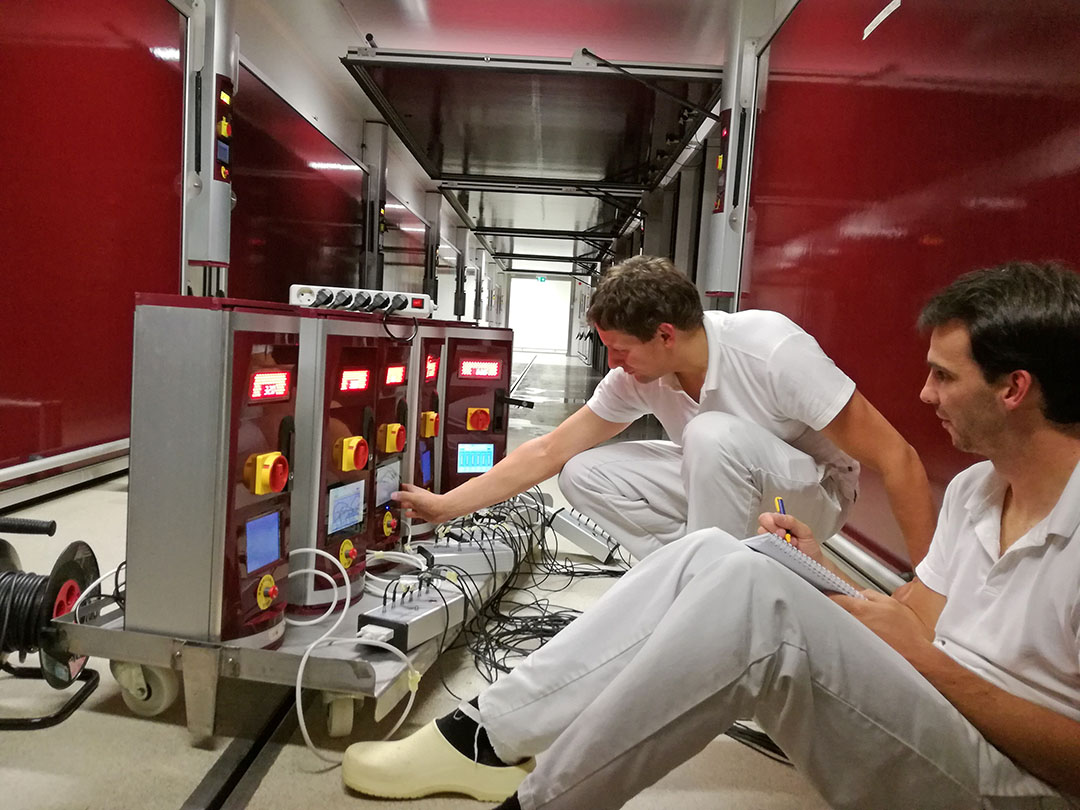
Broiler feed formulation strategies for cold weather
With the winter ahead in the northern hemisphere, we take a look at mineral, electrolyte, crude protein and amino acid adjustments, replacing soybean with animal protein, and important points on heating and feeding.
Precision nutrition to support on-farm antibiotic reduction
Precision nutrition – feeding the bird precisely what it requires at precisely the right level to maintain health status and performance – as a production tool provides an interesting and viable strategy to help farmers manage production challenges while reducing antibiotic use.
Modern approaches to evaluate poultry meat freshness
Measuring poultry meat freshness is essential for meat quality assurance in poultry processing plants. Here, oxidative rancidity or lipid oxidation is the biggest issue for fresh and appealing flavour. In this article, we consider some traditional and more modern freshness detection approaches and find out what the electronic nose and tongue are, as well as computer vision system and the hyperspectral imaging technique.
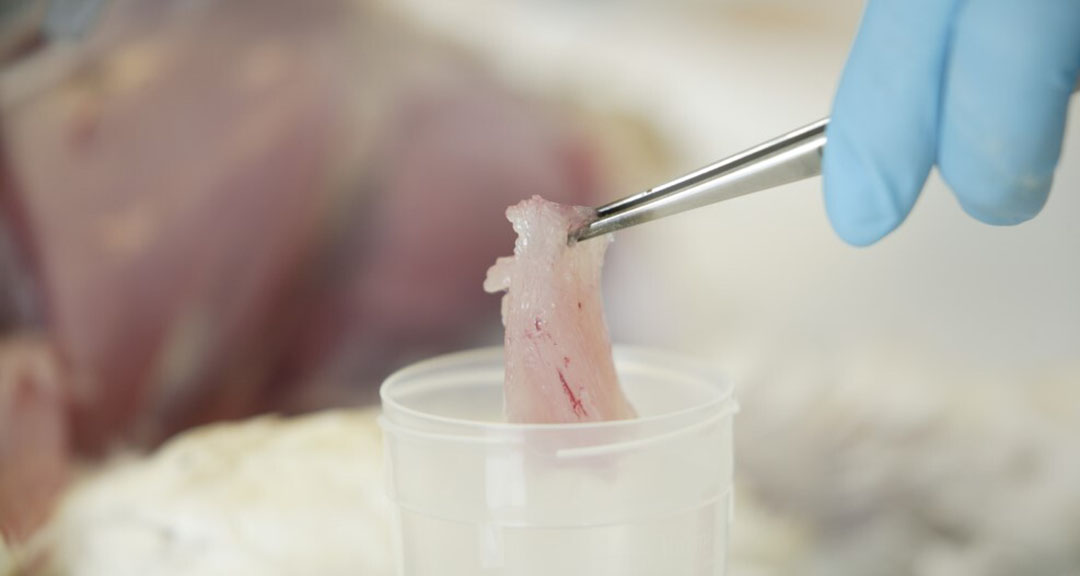
Improving turkey health and performance
Advanced feed technologies such as yeast postbiotics can produce turkeys with healthier gut
Microbiota and therefore an improved feed conversion ratio and reduced susceptibility to opportunistic pathogenic colonisation. This enhances bird performance.
Campylobacter contamination in broiler meat
Campylobacter in broiler meat is a major foodborne pathogen. Here we consider this pathogen’s survival conditions, some on-farm control strategies, and how to prevent cross-contamination in processing plants.













